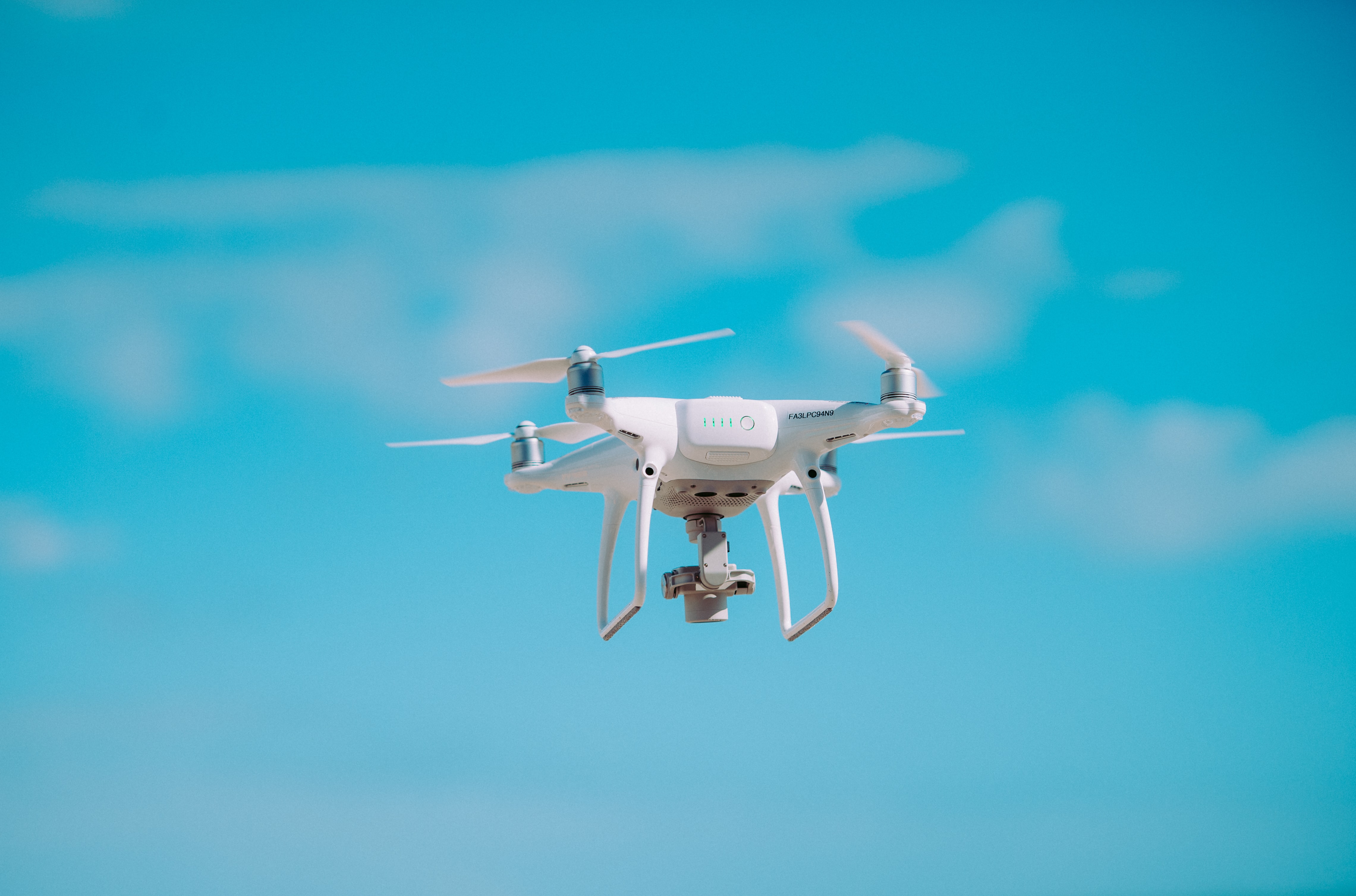Vinna við nýjar heimasíður Umhverfis- og orkustofnunar og Náttúruverndarstofnunar er í gangi. Heimasíða Umhverfisstofnunar er virk á meðan vinnunni stendur. Information in English
Drone use at Dynjandi

Mynd: Annie Spratt – Unsplash
Drone use at Dynjandi
In recent years, drones have become popular for photography and filming in Iceland and are now common property. Simultaneously, the use of drones for research has increased. Dynjandi’s conservation terms state that the Environment Agency is authorized to set detailed rules for public access and stay within the boundaries of the protected area, cf. Note no. 348/1986. When assessing the impact of drone flights in the area, the Environment Agency considers the following factors:
Bird life:
No research on the effects of drone flights on birds has been conducted at Dynjandisvogur Cove. Studies elsewhere have revealed that flying drones near birds can have a disturbing effect on them in some instances.
In Dynjandisvogur Cove, thirty-five species of birds have been seen/registered, including species that are on Iceland's national list of responsibility species and/or Red listed. In spring and autumn, red-breasted knots forage the shore below Dynjandi on their way between breeding grounds in Greenland/Canada and Western Europe, where the population winters.
Guests:
The Environment Agency estimates that disruption from drone flights is insignificant when there are few visitors in the area and few or no birds. The area’s biodiversity and number of visitors therefore do not call for permit obligation during the winter. During the nesting and migration period of birds, which coincides with peaks in visitor arrivals, drones can have a disturbing effect on both birdlife and visitors. Negative effects of drone flights may be reduced with responsible use, but those who intend to fly drones at Dynjandi between 1 May and 15 September must obtain a permit and comply with instructions, conditions and, where applicable, the Environment Agency's monitoring.
Rules for use of drones at Dynjandi
1 May – 15 September
It is not permitted to fly remote-controlled aircraft (drones) within the nature conservation area between 1 May and 15 September, except with permission from the Environment Agency of Iceland. Excluded from the ban are search and rescue operations and the activities of the Icelandic Coast Guard and other organizations that conduct statutory research and monitoring functions of natural features and cultural objects.
16 September – 30 April
Remotely controlled aircraft (drones) may be flown within the nature conservation area between 16 September and 30 April without the permission of the Environment Agency of Iceland. It must be ensured that the use of drones does not harm people and animals or cause damage to property, and care must be taken not to disturb the experience of other guests. In other respects, the use of drones shall be conducted in accordance with regulation no. 990/2017, on the operation of remotely piloted aircraft. The Environment Agency specifically points out that flying drones over crowds of people is always prohibited and that drones used for commercial purposes must be registered with the Icelandic Transport Authority.